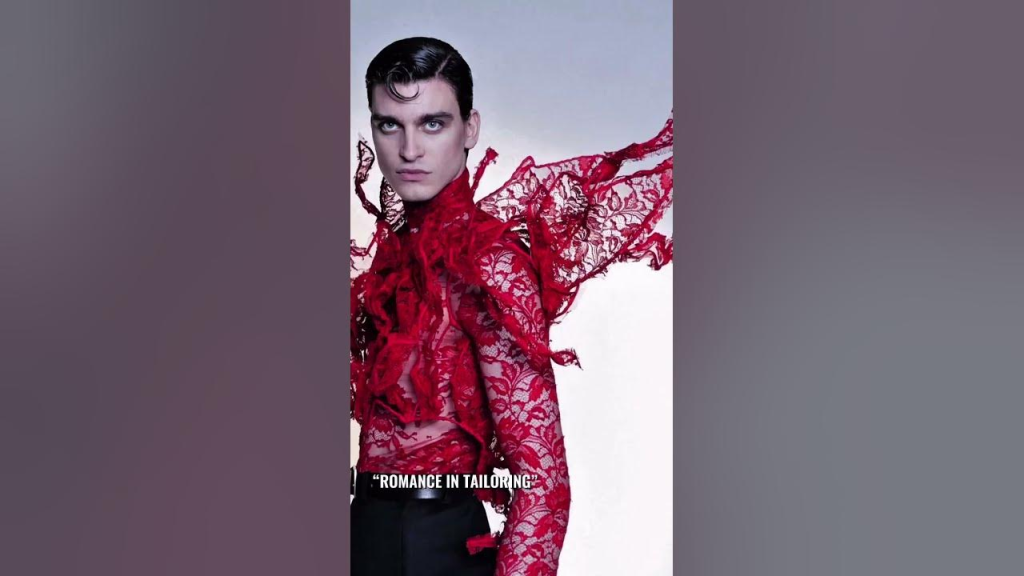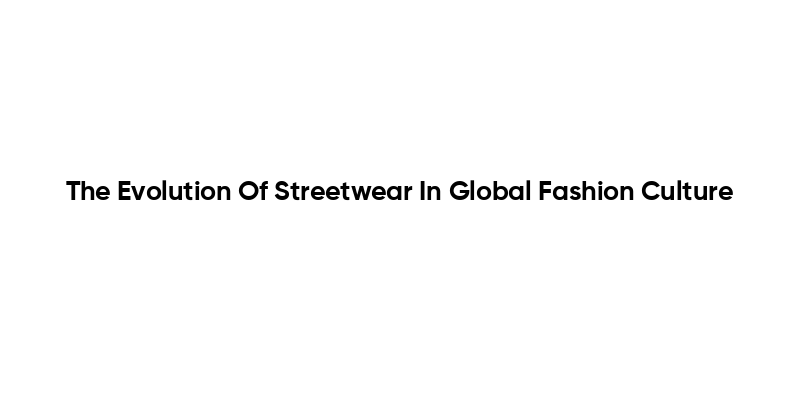Black dandyism emerges as a powerful and expressive facet of fashion that intertwines cultural identity and personal expression. As the 2025 Met Gala prepares to celebrate this significant movement under the theme ‘Superfine: Tailoring Black Style,’ the spotlight will inevitably shine on figures like Colman Domingo. Known for his innovative fashion choices, Domingo epitomizes how Black fashion can be both a statement of individuality and a political act, resonating with the rich dandyism history. This year, attendees will not only witness style but will also engage in a dialogue about race, gender, and identity within the realm of fashion. The fusion of historical significance and contemporary expression at the Met Gala highlights the importance of embracing Black dandyism as a vital component of fashion and identity.
The essence of Black dandyism can be understood as a vibrant quest for elegance and individuality, where style transcends surface aesthetics to engage deeply with issues surrounding race and cultural heritage. This celebration of sartorial sophistication reflects a long-standing tradition of personal expression among Black men, often characterized by distinctive looks and bold fashion choices that defy societal norms. Terms like ‘dandy fashion’ or ‘the dandy aesthetic’ also capture this nuanced movement, which historically roots itself in resistance to oppressive identities while celebrating one’s own narrative through attire. As we look forward to the Met Gala, the convergence of fashion icons and designers will undoubtedly renew interest in Black fashion’s impact on contemporary trends. Through the lens of Black dandyism, we can explore how attire becomes a form of storytelling, embodying the struggles and triumphs of generations.
The Significance of Black Dandyism in the 2025 Met Gala
The 2025 Met Gala theme, ‘Superfine: Tailoring Black Style’, stands as a celebration of Black dandyism, reinforcing the style’s political significance within the fashion landscape. With figures like Colman Domingo at the forefront, the gala shines a spotlight on how Black men intentionally use fashion to communicate identity, resistance, and cultural pride. By embracing the sartorial elegance associated with dandyism, these icons challenge historical narratives surrounding race and fashion. Domingo, with his flair for vivid combinations and striking accessories, encapsulates the essence of Black dandyism, dressing not just to impress but to express his story and that of his community through elaborate attire and bold statements.
Black dandyism is a powerful reflection of socio-political dynamics, tracing back to historical injustices where clothing served as both a symbol of oppression and liberation. The Met Gala’s acknowledgment of this form of expression coincides with a larger movement seeking recognition for Black contributions to fashion and culture. As highlighted by the exhibition inspired by Monica L. Miller’s work, this year’s event opens up conversations about the transformation of clothing from a marking of ownership to an affirmation of individuality, celebrating how Black men have reclaimed their representation in the fashion world. In this way, the Met Gala serves not only as a showcase of style but as a crucial platform for political discourse.
Colman Domingo: A Modern Icon of Black Dandyism
Colman Domingo’s rise to fame is a quintessential example of how Black dandyism integrates personal narrative with broader cultural statements. His unique fashion choices, including dramatic brooches and intricately tailored suits, help redefine masculine representation in Hollywood, setting a new standard for what it means to be a dandy in contemporary society. In his interviews, Domingo emphasizes the importance of wearing stories that resonate beyond the red carpet, connecting his sartorial choices to themes of legacy and social justice. He embodies the spirit of a modern dandy, utilizing his platform to inspire dialogue around identity and race, while simultaneously captivating audiences with his visual flair.
Through his emergence as a fashion icon, Domingo not only asserts his place in Hollywood but also exemplifies the enduring relevance of Black dandyism in the 21st century. As co-chair of the Met Gala, he brings forth the historic ties of Black style to resistance and self-expressions that challenge traditional norms. His attention to detail in wardrobe choices reflects a conscious effort to evoke cultural narratives and foster representation. The synergy between his artistic endeavors and fashion choices illustrates how the movement of Black dandyism continues to evolve, intertwining personal identity with collective cultural ethos.
Fashion as a Medium of Political Expression
Fashion has historically served as a complex medium through which identities are not only represented but also contested. The Met Gala’s focus on Black dandyism highlights how clothing can convey myriad messages about race, class, and power dynamics. By donning finely tailored outfits rooted in historical influences, attendees embrace their heritage while also making powerful statements about their current socio-political landscape. As Miller points out, this blend of aesthetics and activism invites a reevaluation of how we interpret the relationship between fashion and identity, providing new insights into the ongoing struggle for visibility within fashion narratives.
The exhibition accompanying the gala amplifies the voices of Black designers while celebrating the rich heritage of Black men within the fashion sphere. As Society grapples with issues of representation, the expressive potential of clothing becomes ever more significant. Making deliberate fashion choices, like those showcased during the Met Gala, symbolizes a reclaiming of space and an assertion of freedom. Through this lens, the gala transcends mere spectacle, becoming a pivotal moment for cultural commentary, where Black dandyism stands at the intersection of art, history, and contemporary society.
Tracing the Historical Roots of Dandyism
The exploration of Black dandyism ties together a rich tapestry of historical context and cultural evolution. From the oppressive attire of enslaved Africans to the flamboyant styles of the Harlem Renaissance, the journey of Black dandyism reflects a persistent struggle for ownership over one’s image and identity. By recognizing the historical progression of this sartorial movement at events like the Met Gala, we acknowledge the resilience and creativity of Black individuals who have used fashion as a means of resistance against socio-political injustices. The show poignantly highlights how, through fashion, Black men have continually subverted societal expectations.
Miller’s insights into the dandyism history illustrate a narrative that has transformed clothing from an emblem of subjugation into a powerful form of self-definition. As showcased in the gala exhibitions, the connection between aesthetics and identity is deeply rooted in cultural heritage and provides a backdrop for ongoing dialogues about race and representation. Understanding this historical lineage further emphasizes the necessity of recognizing Black dandyism not merely as a fashion trend but as a rich legacy that continues to shape contemporary styles and identities.
The Impact of Black Designers on the Fashion Industry
With the current focus on Black dandyism, the contributions of Black designers within the fashion industry increasingly come to the fore. The Met Gala serves as a platform to honor these talents, emphasizing their roles in shaping modern aesthetics. Designers such as Christopher John Rogers embody the spirit of Black fashion, pushing boundaries while encouraging a reevaluation of style norms. Through their work, these creators challenge the historical narrative that has often marginalized their contributions, establishing a new era where Black designers are recognized as pivotal figures in the evolution of contemporary fashion.
The inclusion of Black designers at high-profile events underscores the critical strides made over the past decades. Celebrating these individuals sends a clear message about the necessity of diversity within the fashion sphere. As the exhibition highlights, Black fashion transcends mere ornamental value; it represents artistry, cultural heritage, and a profound connection to history, allowing designers to craft their narratives in a way that resonates with audiences worldwide. By promoting these voices, the Met Gala reaffirms the significance of inclusive representation in reshaping fashion industry dynamics.
Exploring Identity and Representation through Dandyism
Dandyism serves as an insightful lens through which we can explore complex themes of identity, representation, and societal norms. Figures like Gladys Bentley and Grace Jones highlight the powerful fusion of gender expression and fashion within the context of Black dandyism. The Met Gala acts as a contemporary echo of this rich tradition, providing a platform for attendees to engage with these multifaceted identities. As the concept of dandyism evolves, it offers a means of challenging conventional frameworks and standing in defiance against restrictive gender norms.
The representation of diverse identities within the dandy aesthetic encourages a dialogue about inclusion and self-expression. For instance, as modern figures incorporate elements of Black dandyism into their style, they transcend the binaries historically imposed upon them. This celebration at the Met Gala fosters awareness that goes beyond mere fashion statements; it contributes to a broader understanding of how fashion intersects with issues of race, class, and gender. Ultimately, Black dandyism empowers individuals to redefine their identities through the transformative power of choice, presenting a challenge to societal expectations.
The Performative Nature of Fashion and Dandyism
The performative aspect of fashion is a central theme in the narrative surrounding Black dandyism. The exhibition at the Met Gala highlights how clothing is a form of personal storytelling, revealing deeper layers of identity and socio-political commentary. As Domingo illustrates with his flamboyant outfits, the way one presents themselves on the red carpet transcends aesthetics; it becomes an enactment of cultural pride and a challenge to traditional norms. This performance is not merely for spectacle but an assertion of belonging within a broader historical context.
Fashion as performance is a crucial element of how the public perceives Black dandyism. The very act of dressing with intention allows individuals to reclaim their narratives and assert power within spaces that have historically sought to marginalize them. By embracing the performative nuances of fashion, attendees of the Met Gala demonstrate that clothing can function as a powerful tool for resistance and affirmation. This interplay of performance further emphasizes the ongoing negotiations of identity and representation inherent in Black dandyism, encouraging active engagement with these themes.
The Future of Fashion: Black Dandyism and Cultural Legacy
Looking forward, Black dandyism is poised to remain a pivotal influence within the fashion landscape. The Met Gala serves as a contemporary milestone in this evolution, paving the way for future dialogues surrounding cultural identity and representation. As more Black designers gain prominence and the narrative of dandyism evolves, we can expect a continuation of the celebration of diverse identities within fashion. The gala is a testament to how far these conversations have come, reflecting a broader cultural shift that embraces complexity and multiplicity in identity.
The legacy of Black dandyism will undoubtedly inspire future generations of fashion enthusiasts and creators. The ongoing discussions rooted in the intersection of personal style and societal challenges exemplify how fashion can be a powerful means of self-assertion and cultural pride. As the fashion industry embraces the influences of Black culture and dandyism, it moves toward a more inclusive understanding of what fashion represents in today’s world. This legacy echoes the individual journeys that shape Black dandyism, ensuring that the dialogue surrounding identity will continue to thrive and evolve.
Frequently Asked Questions
What is Black dandyism and its significance in fashion and identity today?
Black dandyism is a cultural and fashion movement rooted in the strategic use of style by Black men to assert identity, agency, and resistance. Celebrated at events like the Met Gala 2025, themed ‘Superfine: Tailoring Black Style’, it emphasizes the historical journey of Black fashion, from the oppression of slavery to modern cultural expression. Black dandyism not only showcases exquisite tailoring and accessories but also challenges societal norms around race, class, and gender.
How will the Met Gala 2025 highlight Black dandyism through its theme?
The Met Gala 2025 will spotlight Black dandyism through its theme ‘Superfine: Tailoring Black Style’, inspired by Monica L. Miller’s scholarship. This theme will explore how Black men have utilized fashion as a means of self-expression and political commentary throughout history, reinforcing the cultural significance of Black fashion in contemporary discourse. Iconic figures like Colman Domingo will exemplify this celebration of Black dandyism on the red carpet.
Who is Colman Domingo and how does he embody Black dandyism?
Colman Domingo is an actor known for his role in the film ‘Rustin’ and as a prominent figure in Black dandyism. His distinctive style, characterized by tailored suits, bold accessories, and storytelling through fashion, exemplifies the movement’s principles. Domingo is set to co-chair the Met Gala 2025, further underscoring his role in elevating Black dandyism within the cultural and fashion narratives.
What historical influences contribute to the evolution of Black dandyism?
Black dandyism is informed by a rich history, including the struggles against slavery and colonialism and significant movements like the Harlem Renaissance. Historical figures such as Josephine Baker and WEB Du Bois challenged racial stereotypes through their sartorial choices, using fashion as a form of resistance and self-empowerment. The Met Gala 2025 will reflect this lineage by acknowledging the transformative power of Black fashion.
How can Black dandyism be seen as a political statement in today’s society?
Black dandyism serves as a powerful political statement by challenging traditional narratives of identity, race, and power dynamics. The intentionality in the choice of clothing by Black individuals underscores the necessity to present themselves with elegance and dignity in a society that often marginalizes them. The upcoming Met Gala is expected to amplify these themes, connecting current cultural expressions with historical significance.
| Key Concept | Description |
|---|---|
| Met Gala Theme | Superfine: Tailoring Black Style, inspired by Monica L. Miller’s work on Black dandyism. |
| Colman Domingo | Actor showcasing Black dandyism through fashion at the Met Gala. |
| Importance of Fashion | Fashion is a strategic tool for Black men, reflecting history and culture from slavery to modern times. |
| Historical Context | Black dandyism has roots in resistance against stereotypes and reclaiming identity, focusing on aesthetics interlinked with politics. |
| Dandyism Definition | Not just tailored outfits, but a style embodying political and historical significance, challenging social norms. |
| Exhibition Significance | The exhibition captures strides made by Black designers and the cultural implications of their work in contemporary fashion. |
| Cultural Representation | Continues to explore issues of race, identity, and power in the context of Black male and female representation in fashion. |
Summary
Black dandyism represents a vital cultural movement that intertwines fashion with identity, politics, and history. As demonstrated at the Met Gala with its theme ‘Superfine: Tailoring Black Style,’ this celebration highlights the strategic and expressive use of fashion by Black men throughout history. The significance of Black dandyism lies in its ability to challenge societal norms, promote self-expression, and reclaim narratives around race and identity. This movement not only honors the past but shapes the future of how Black individuals engage with the world, making it a critical aspect of contemporary culture.



